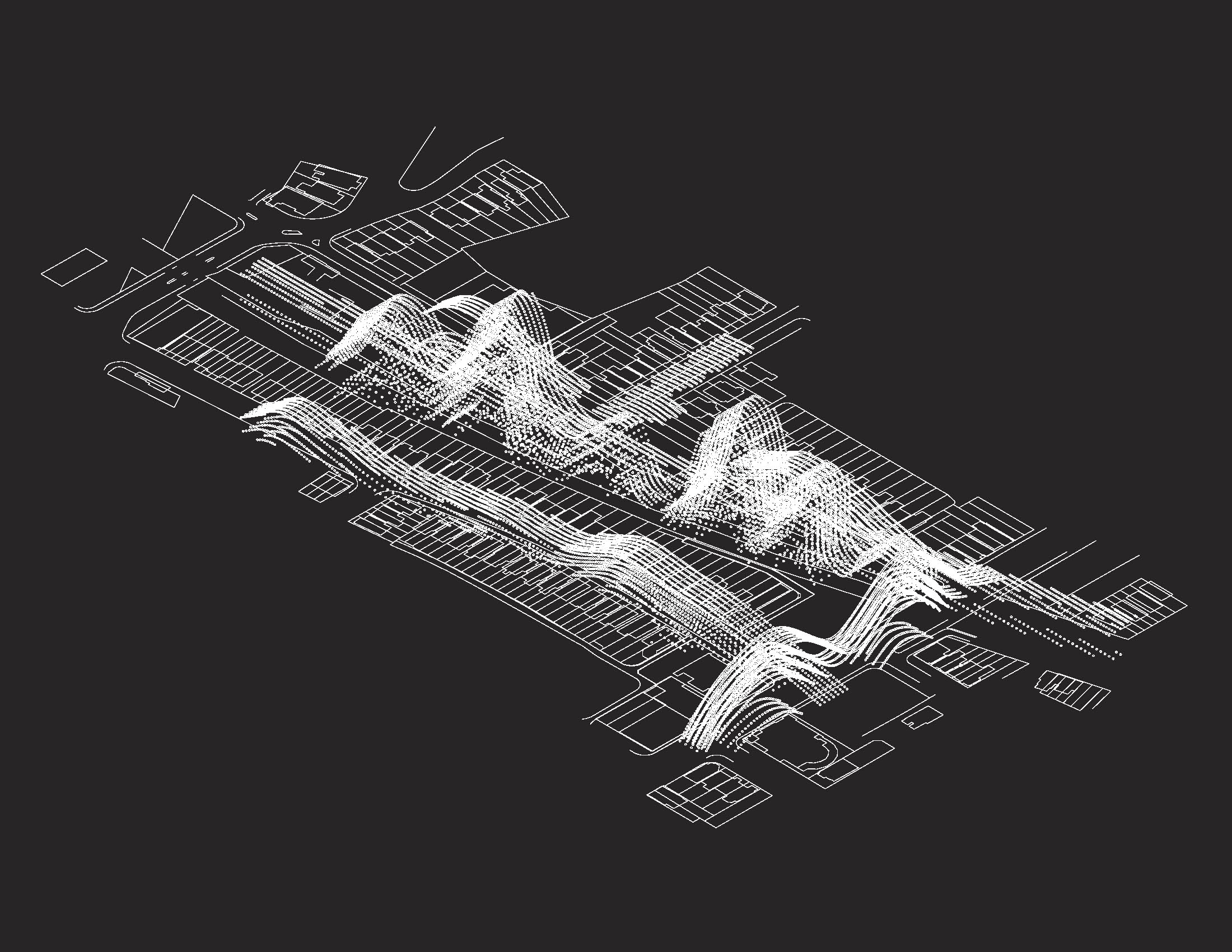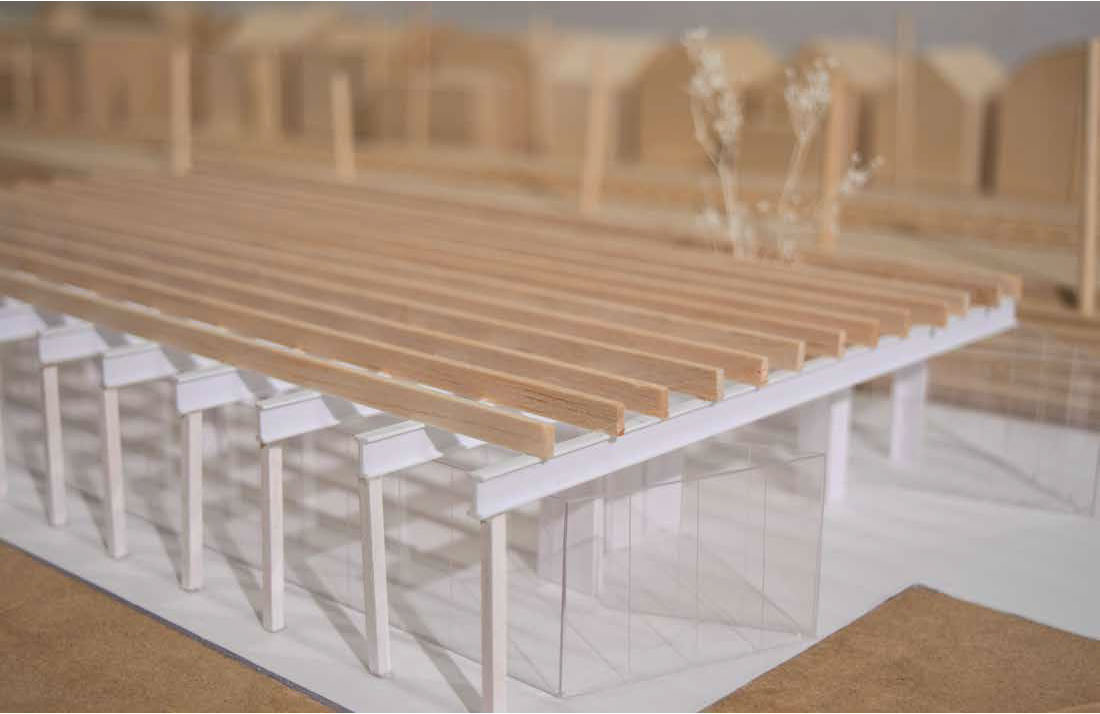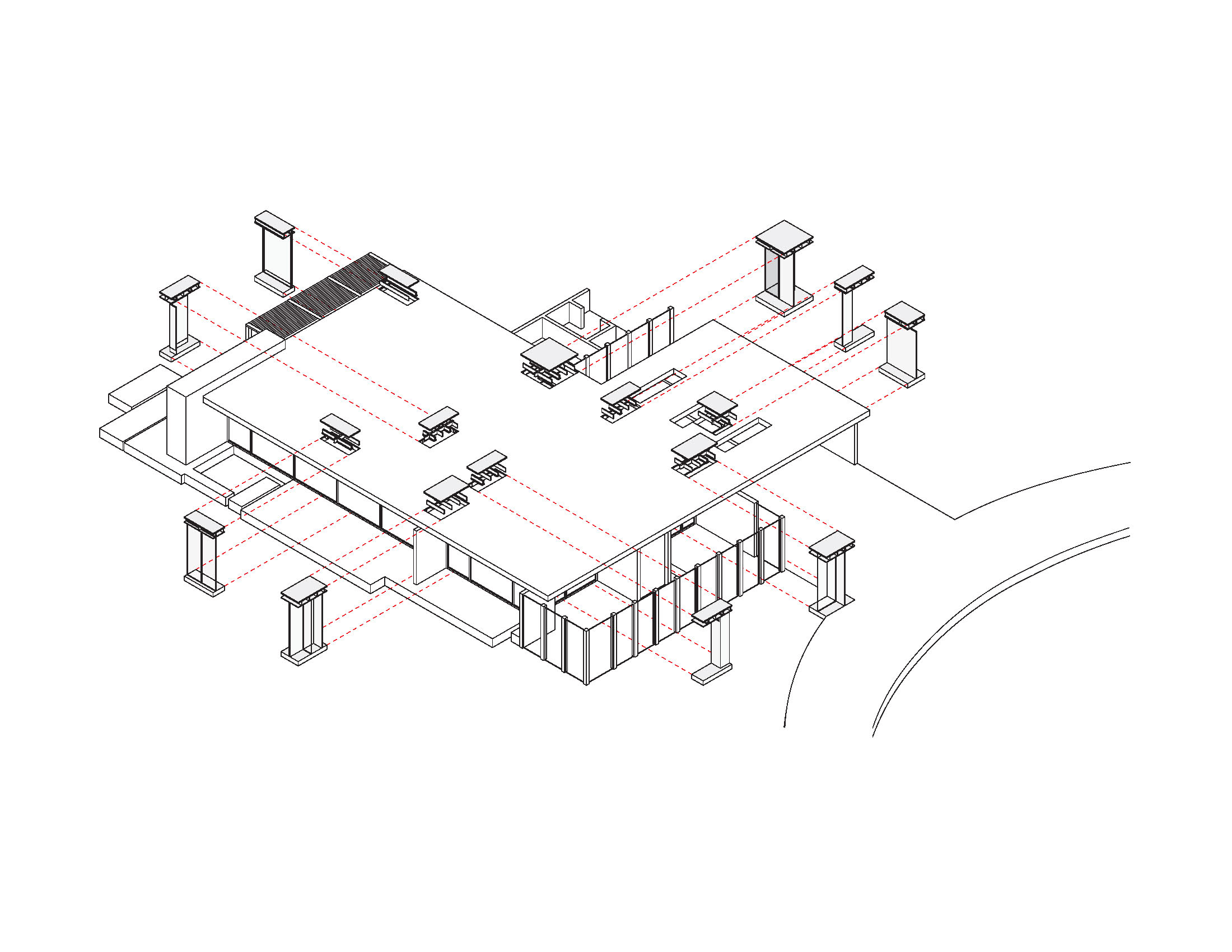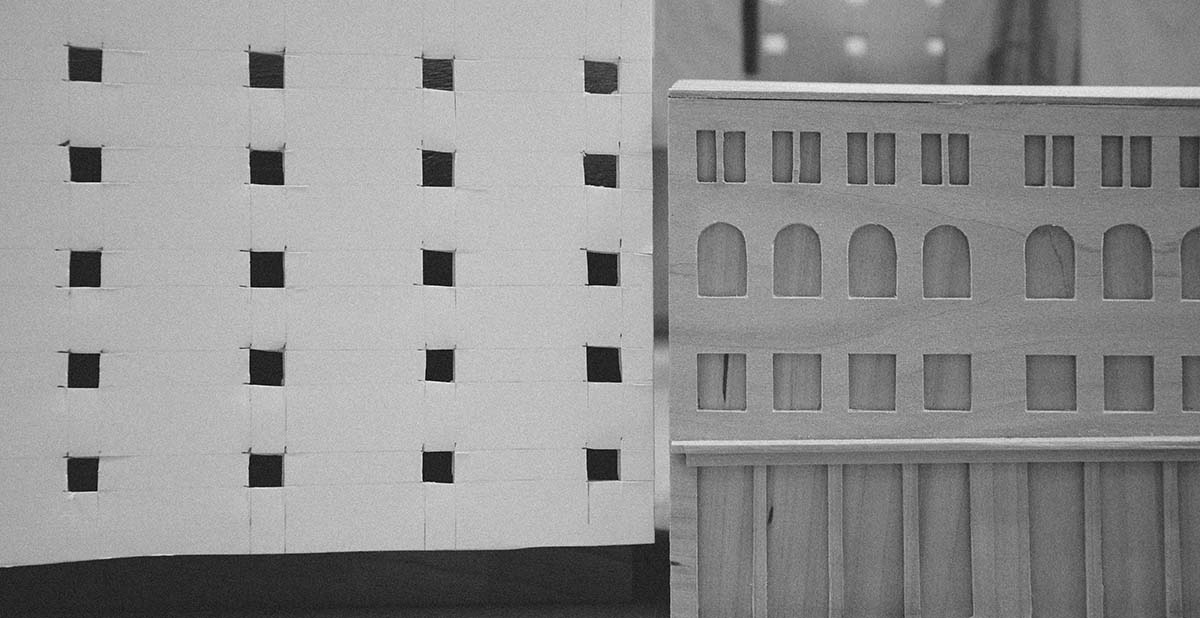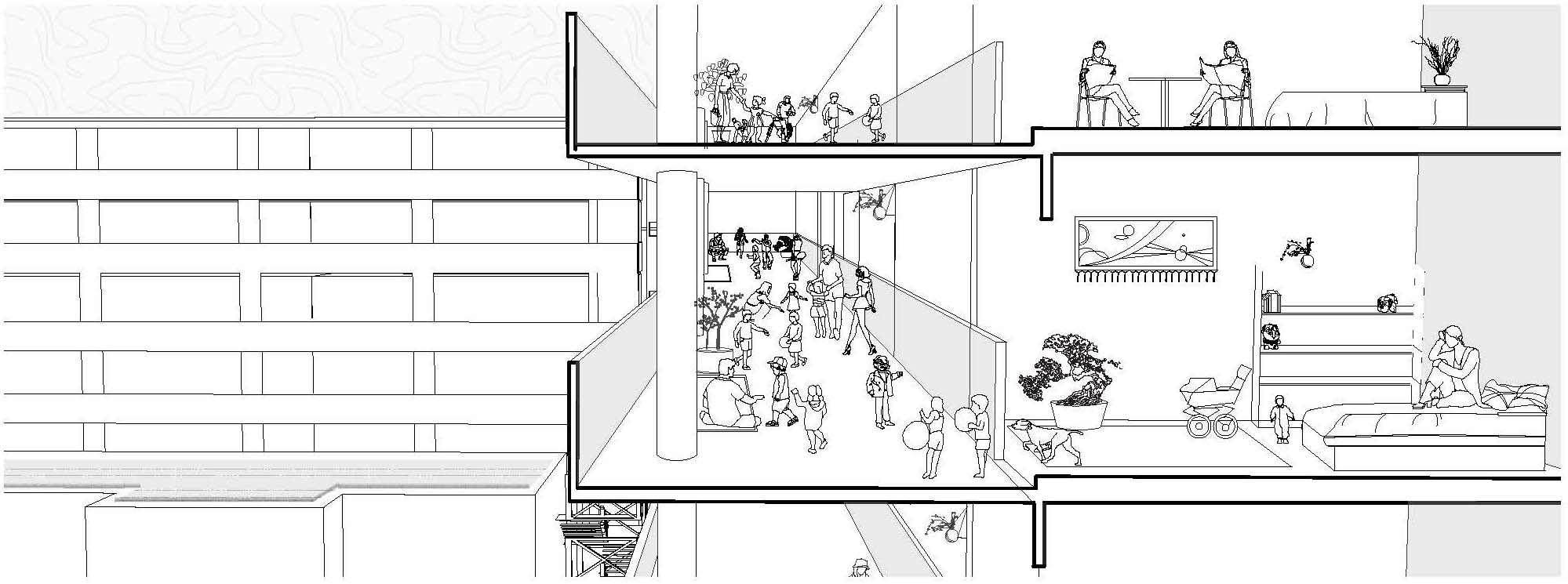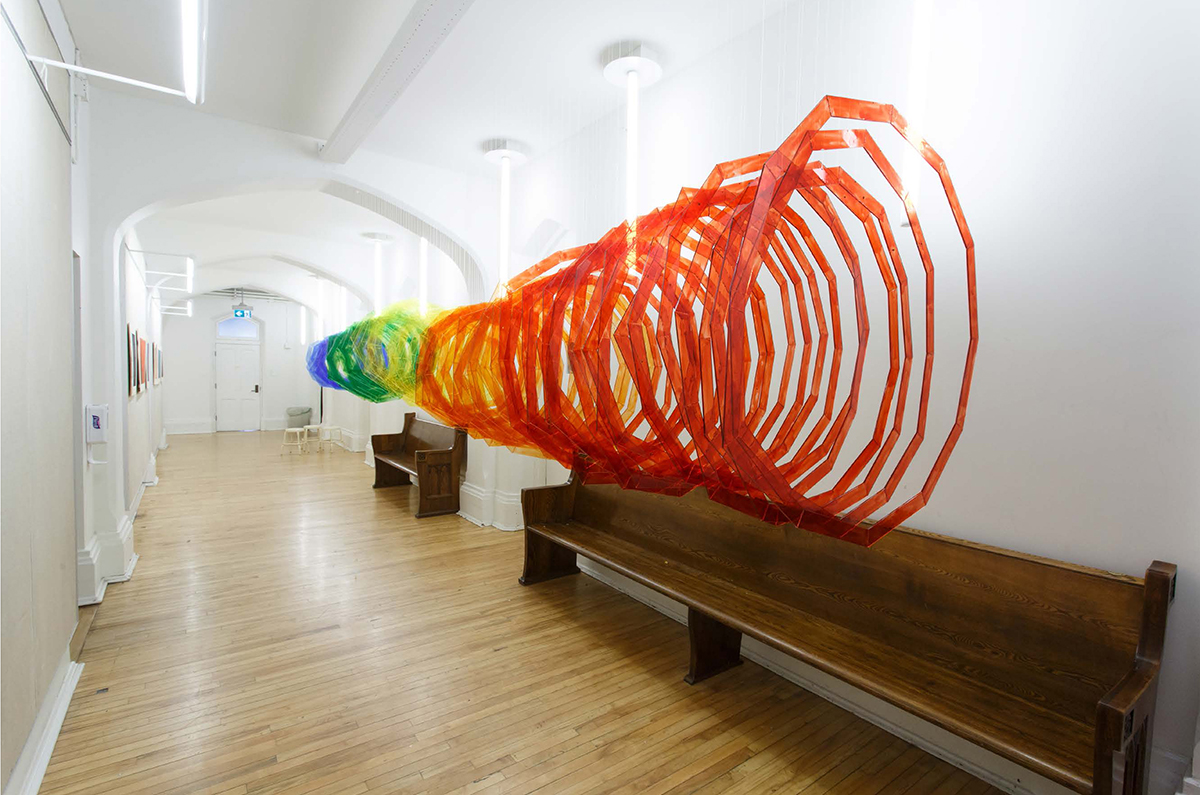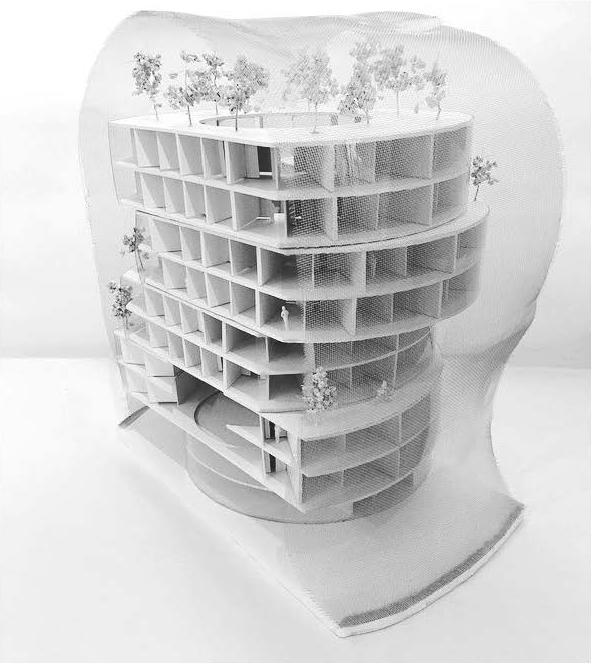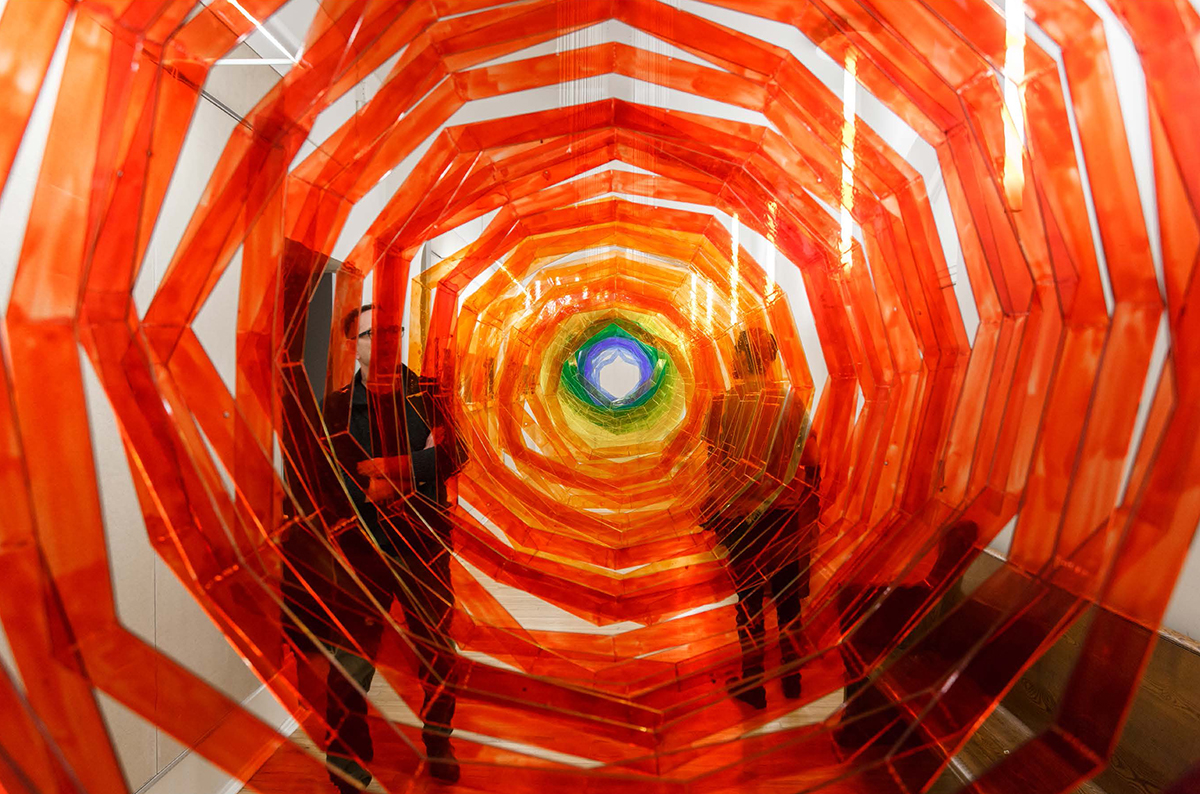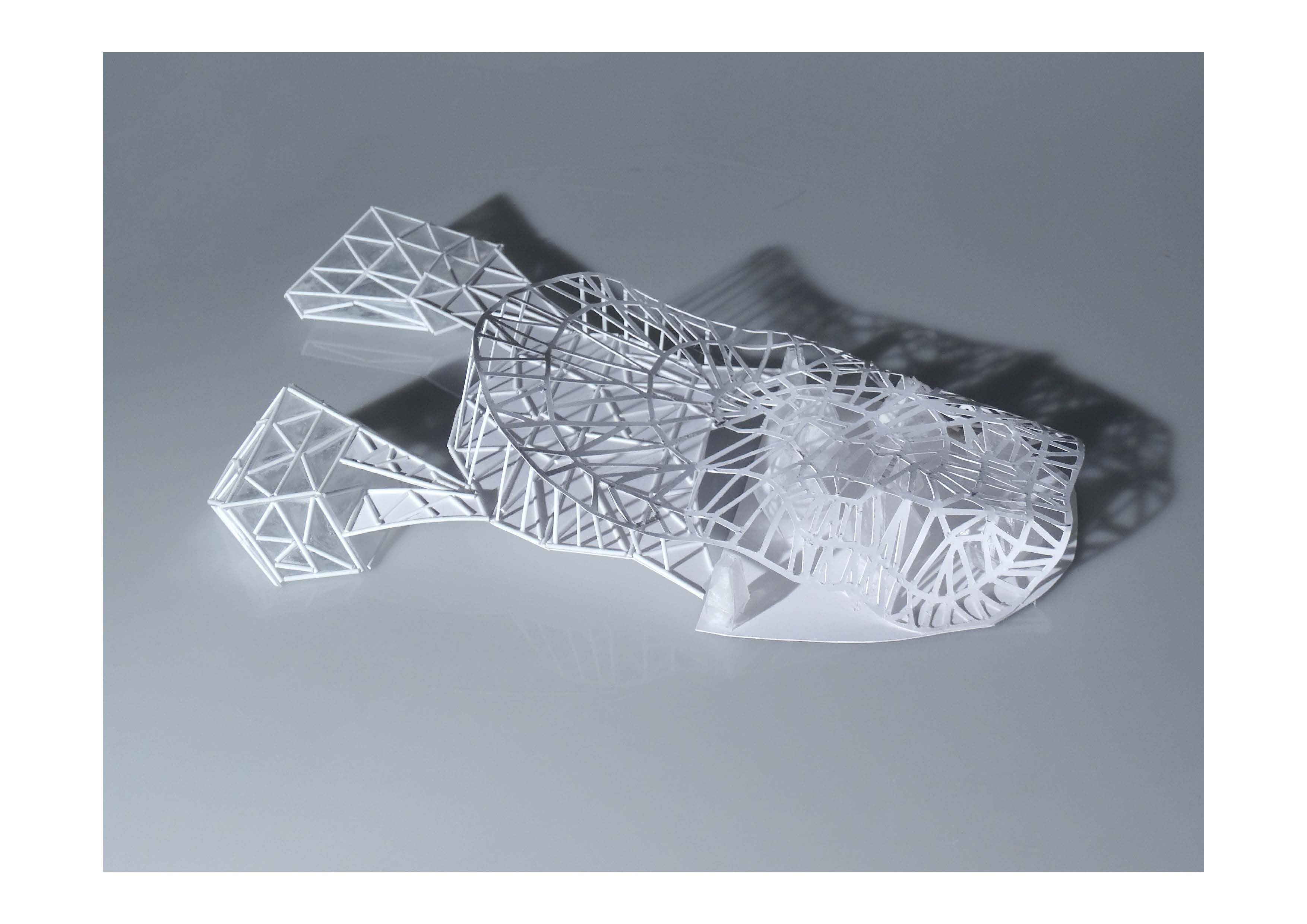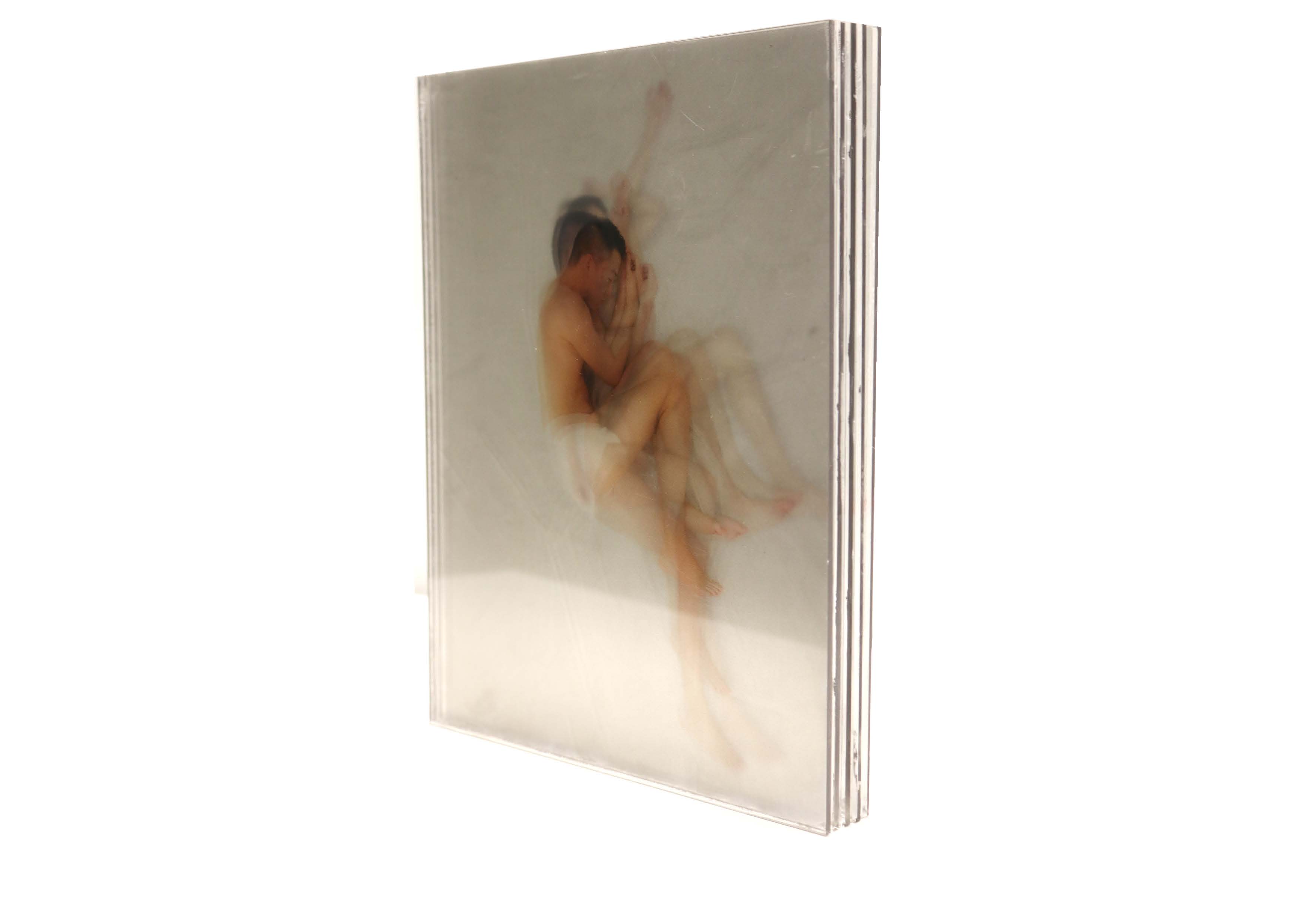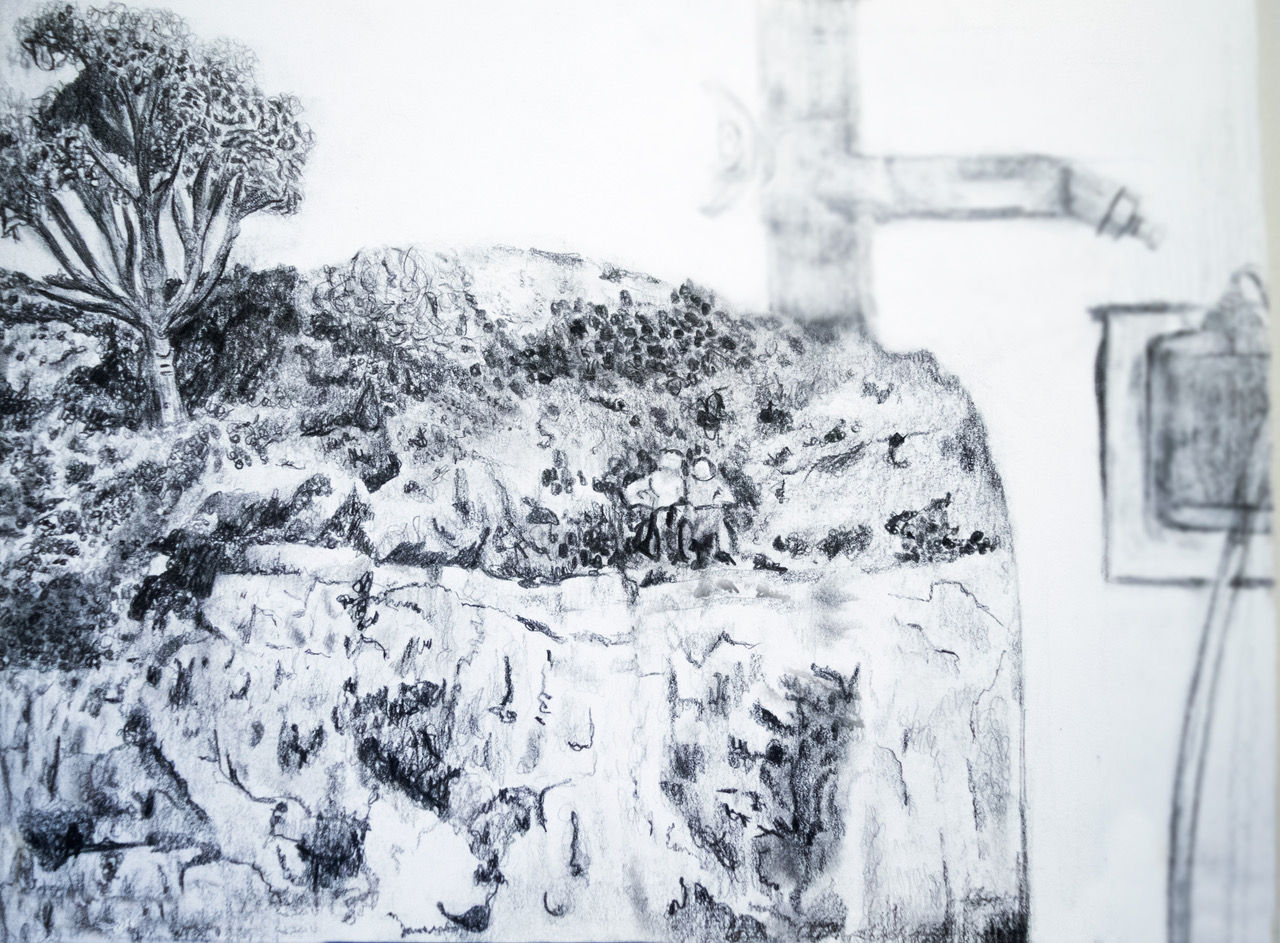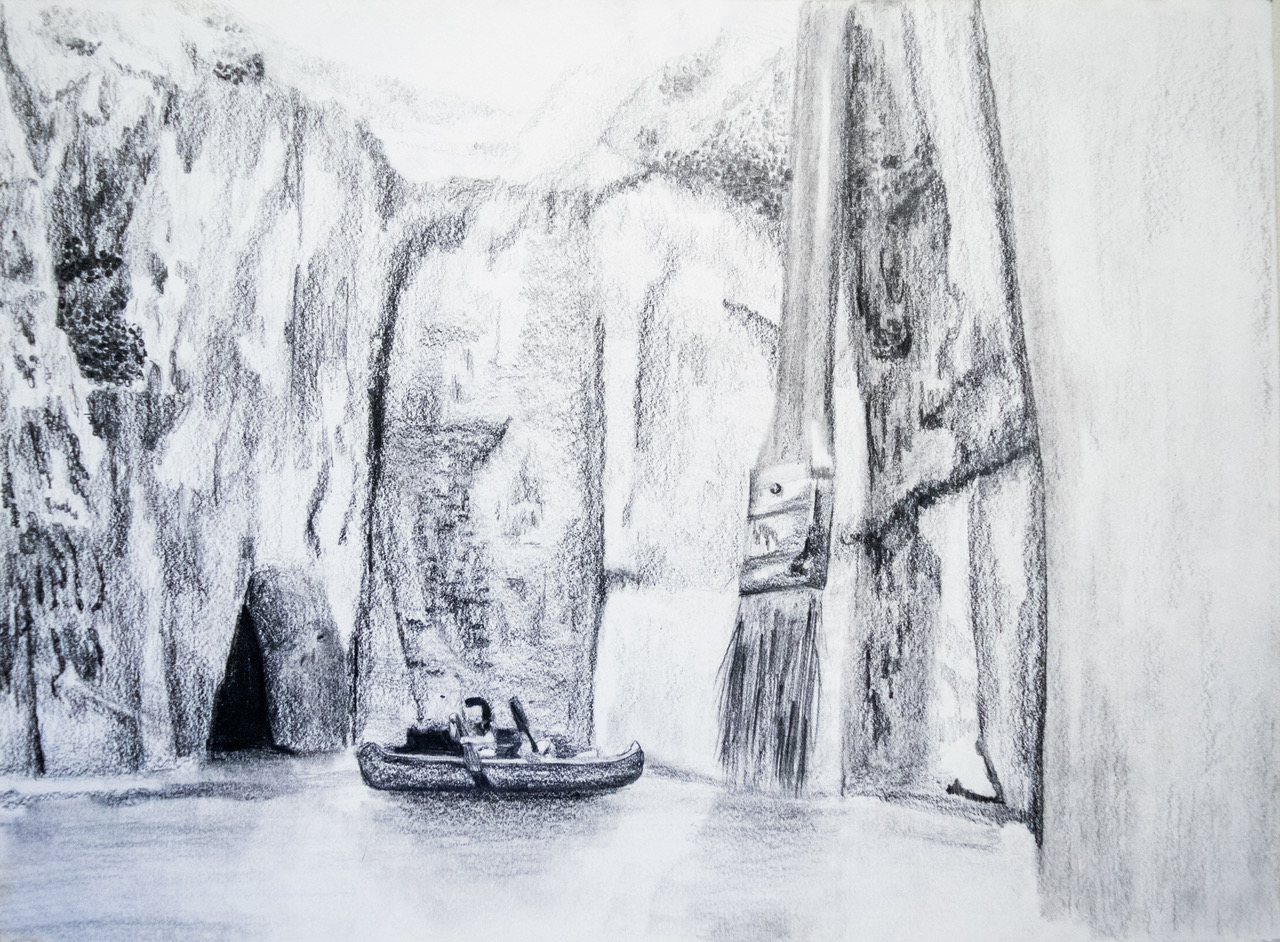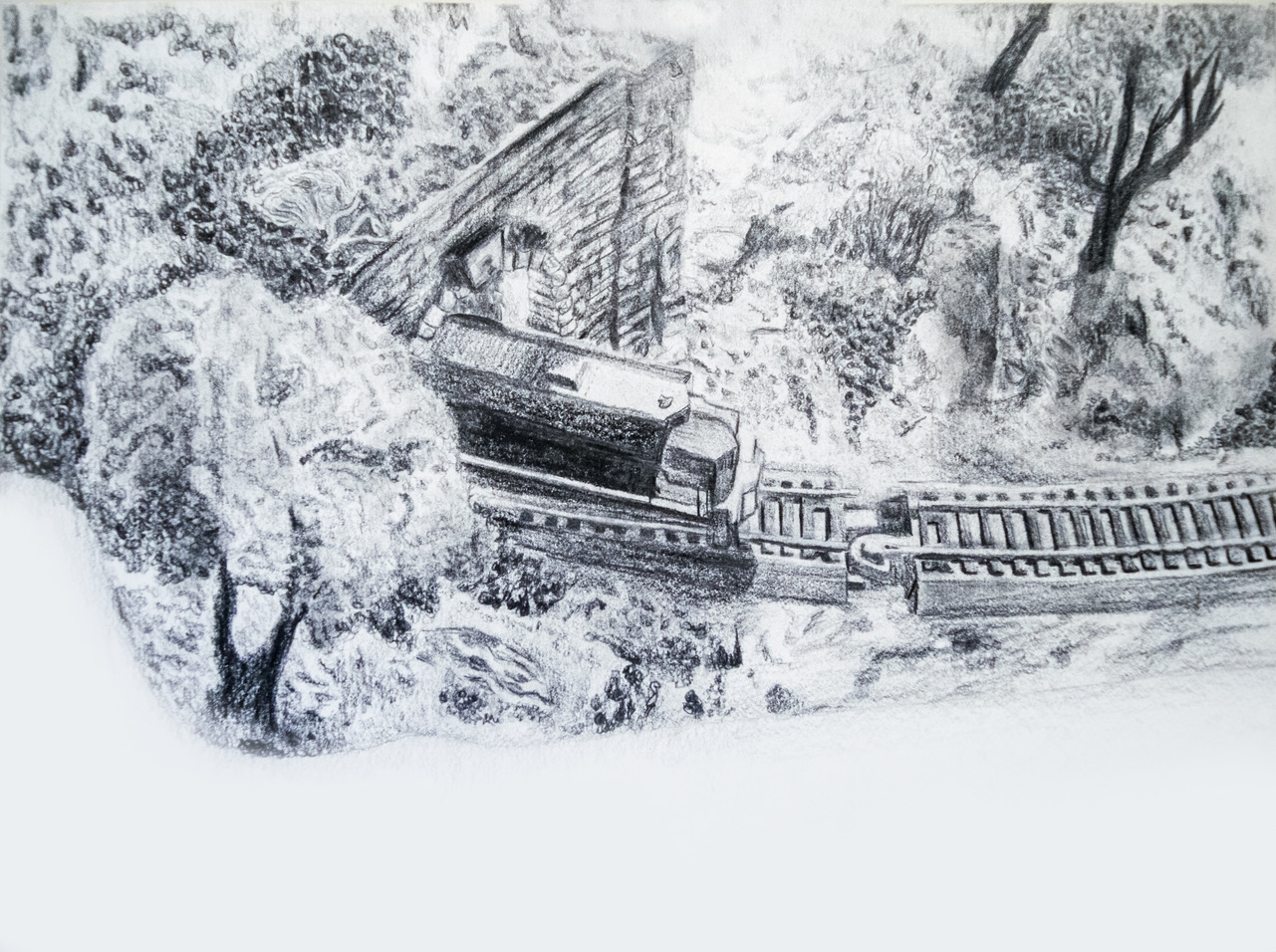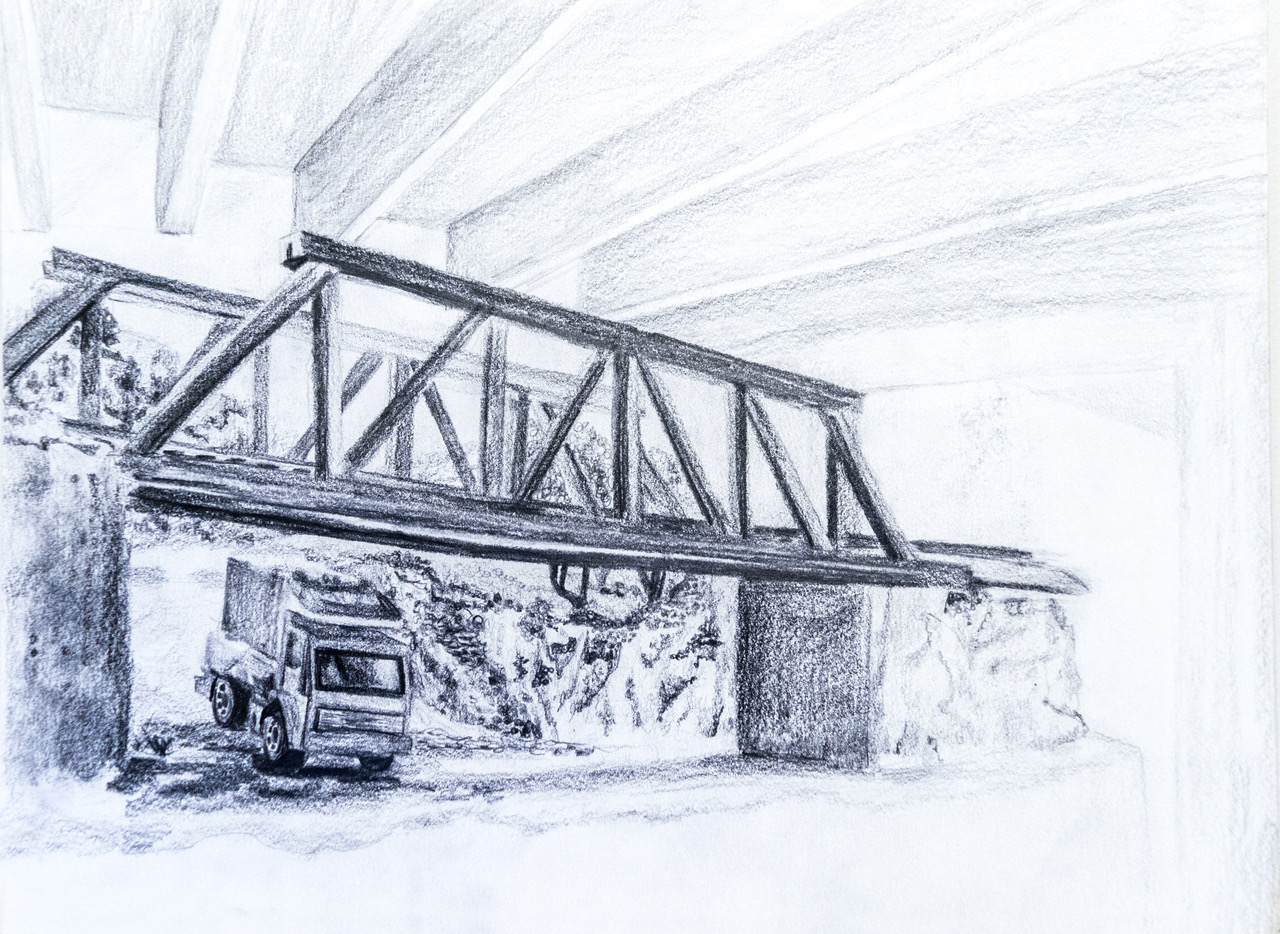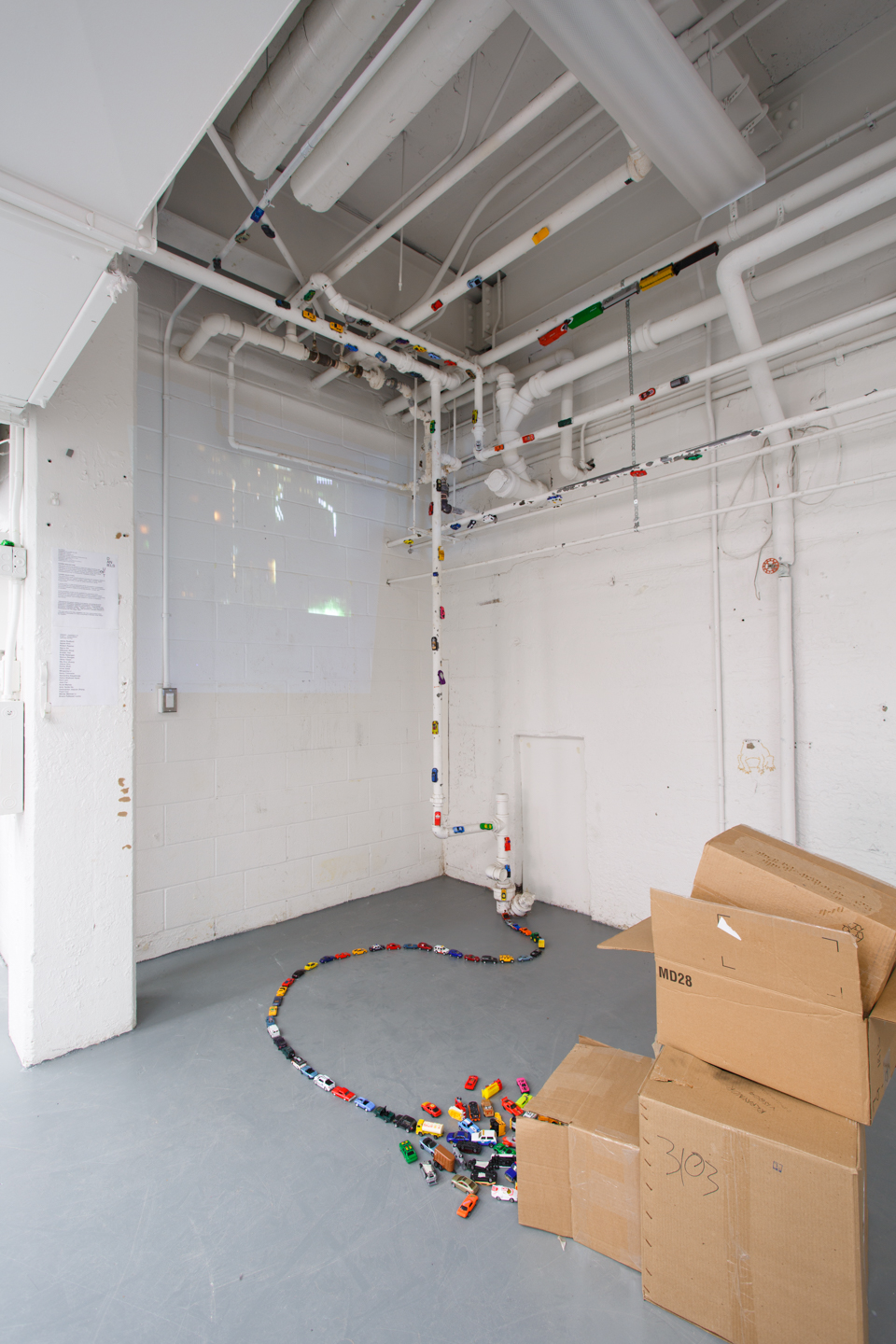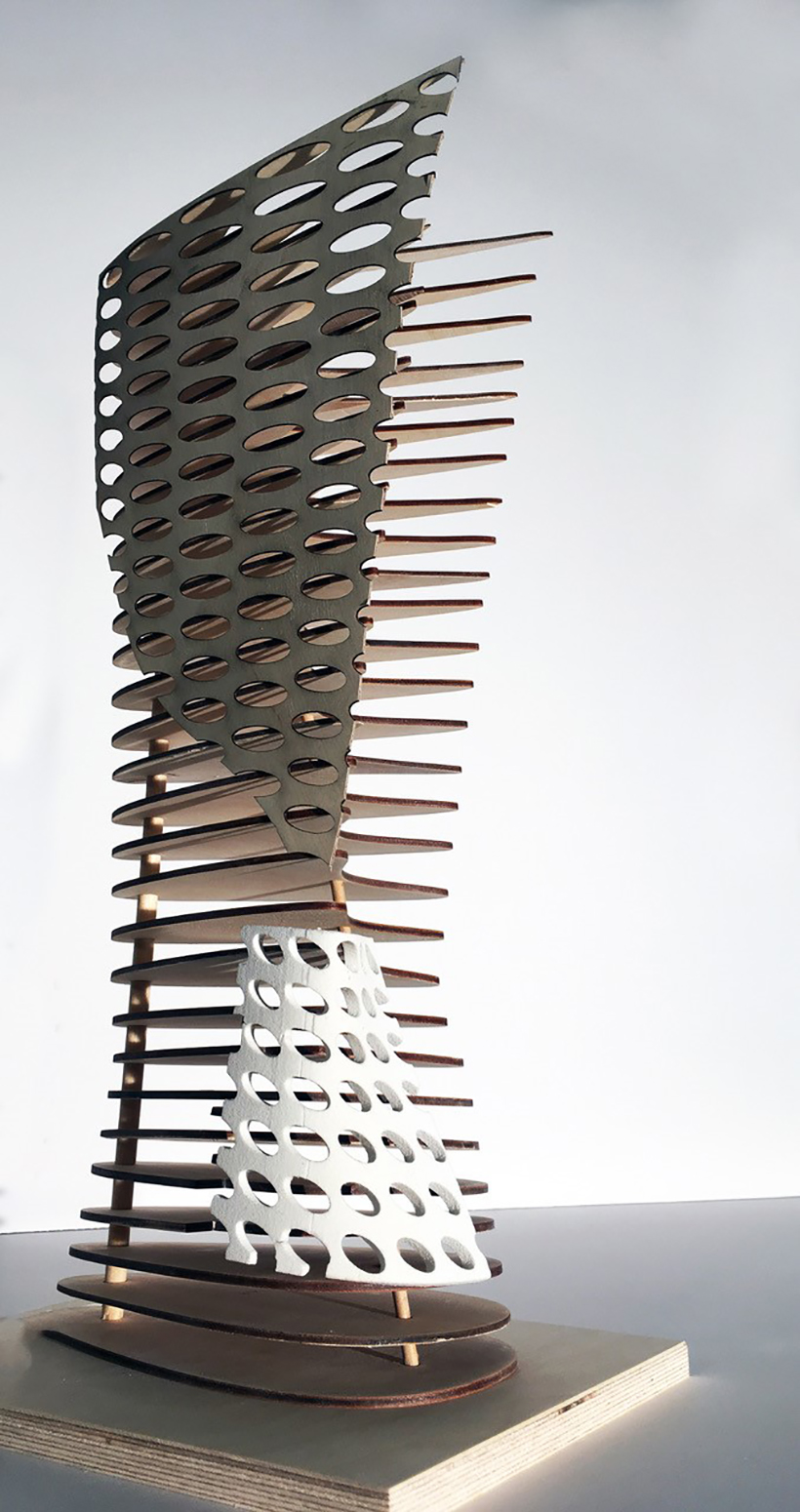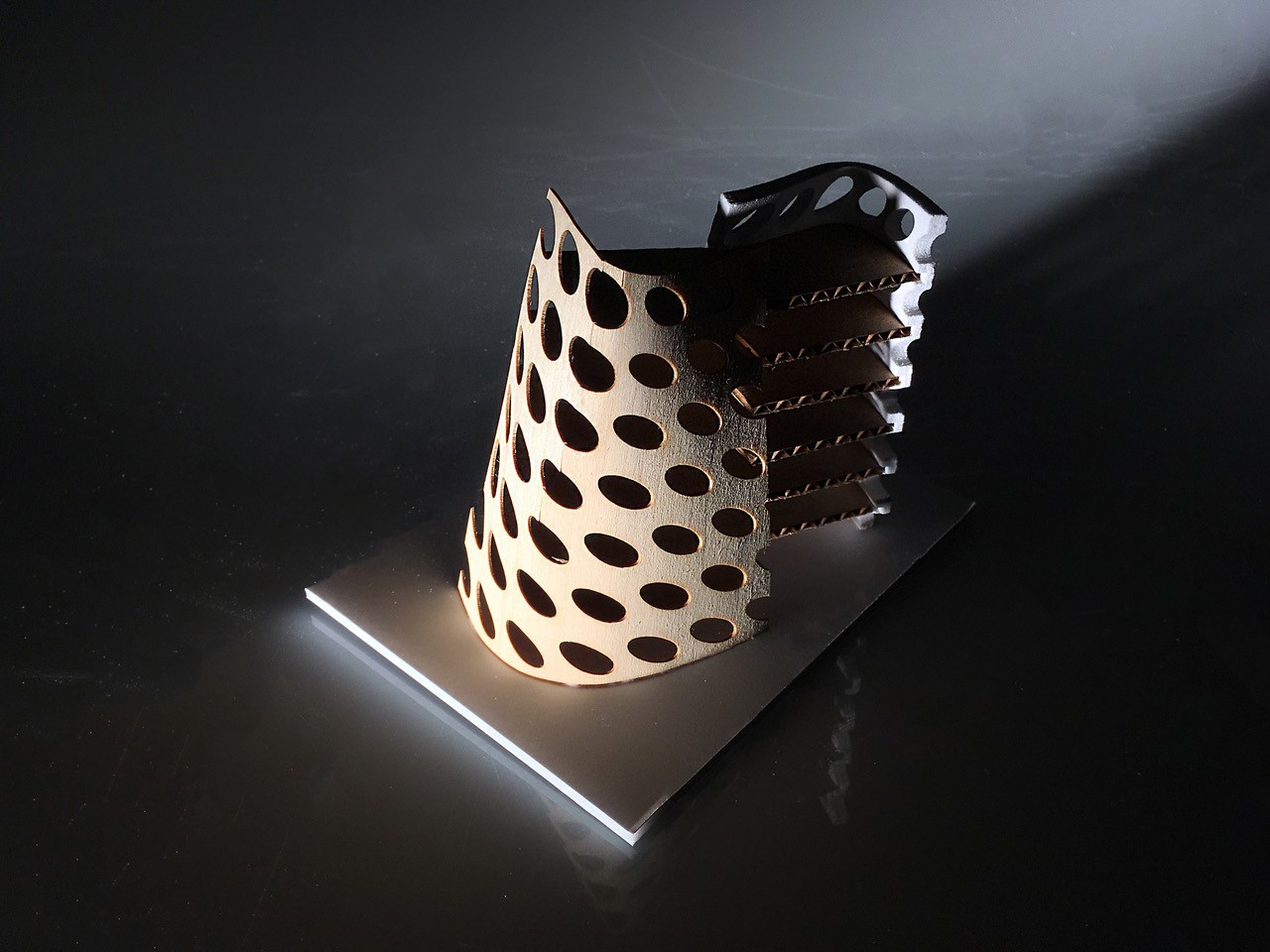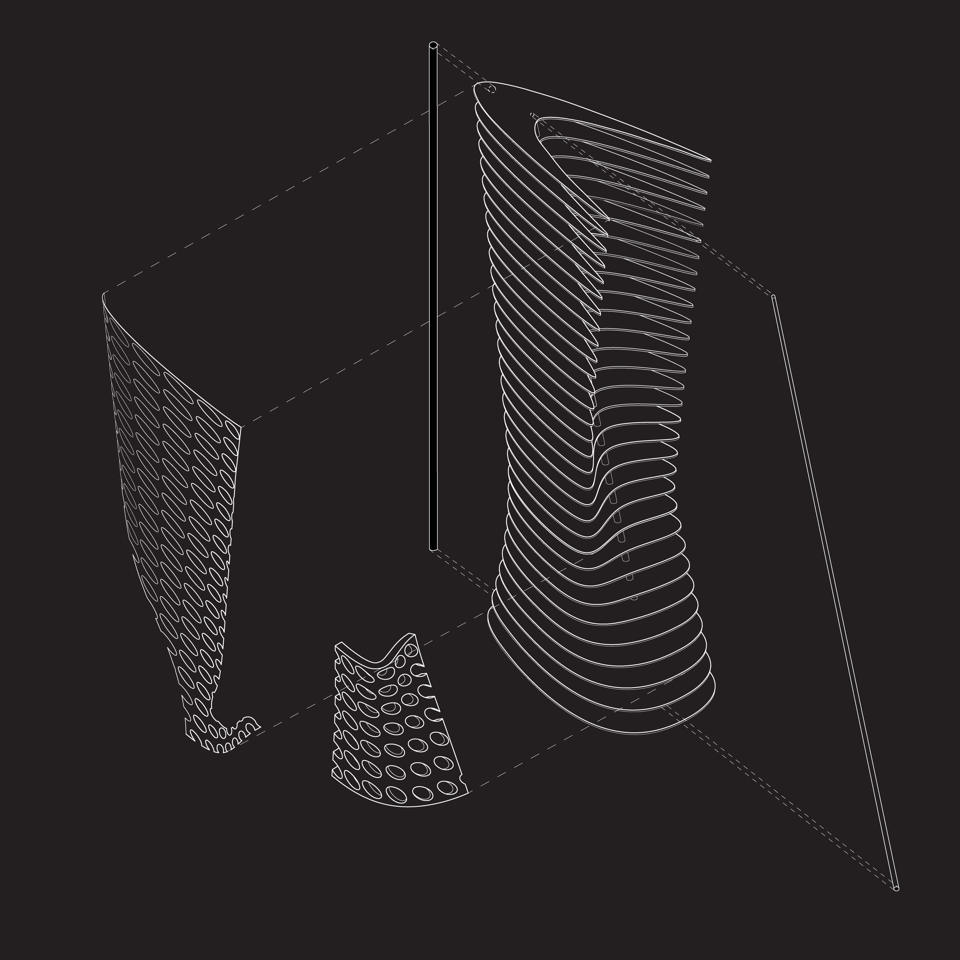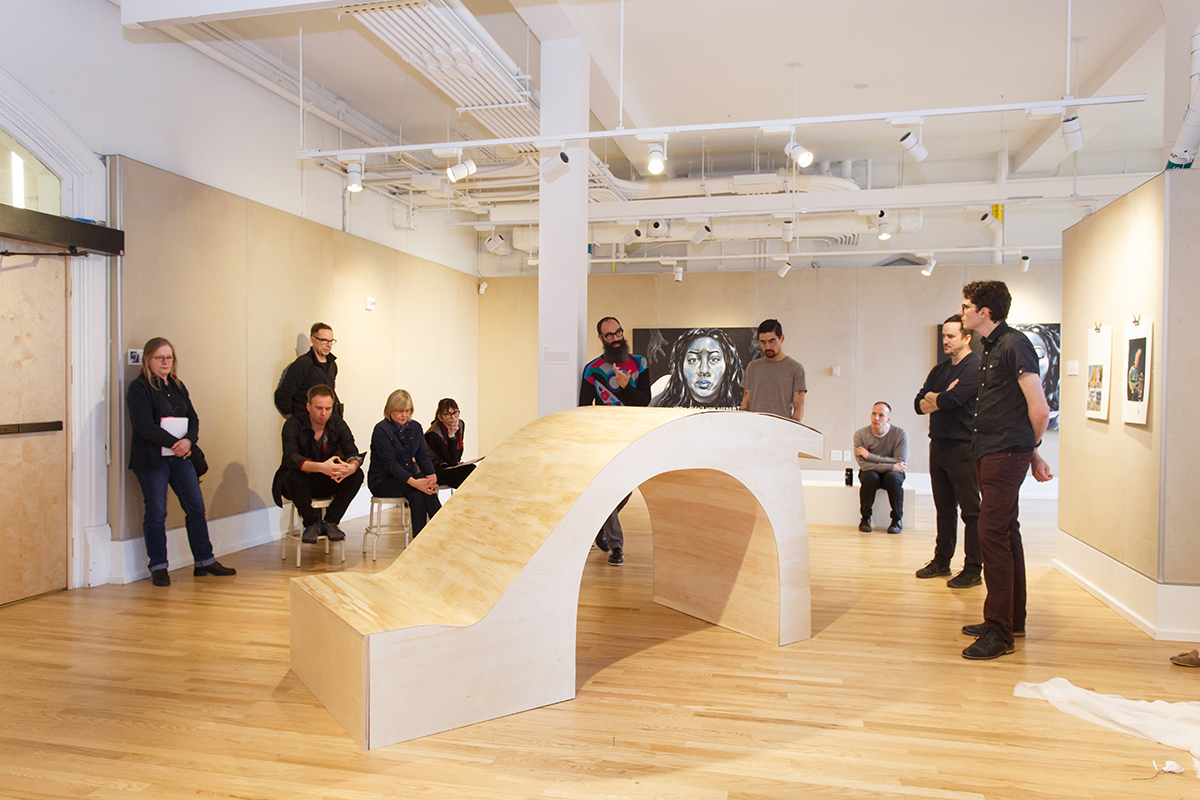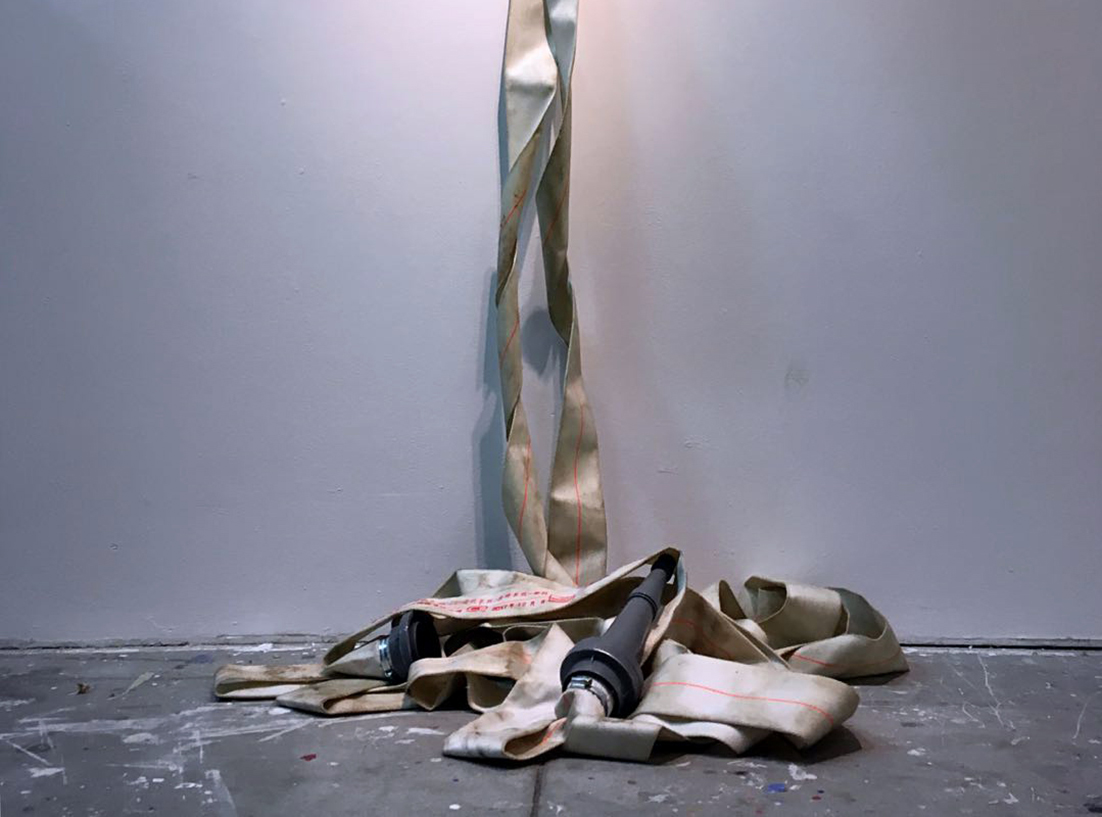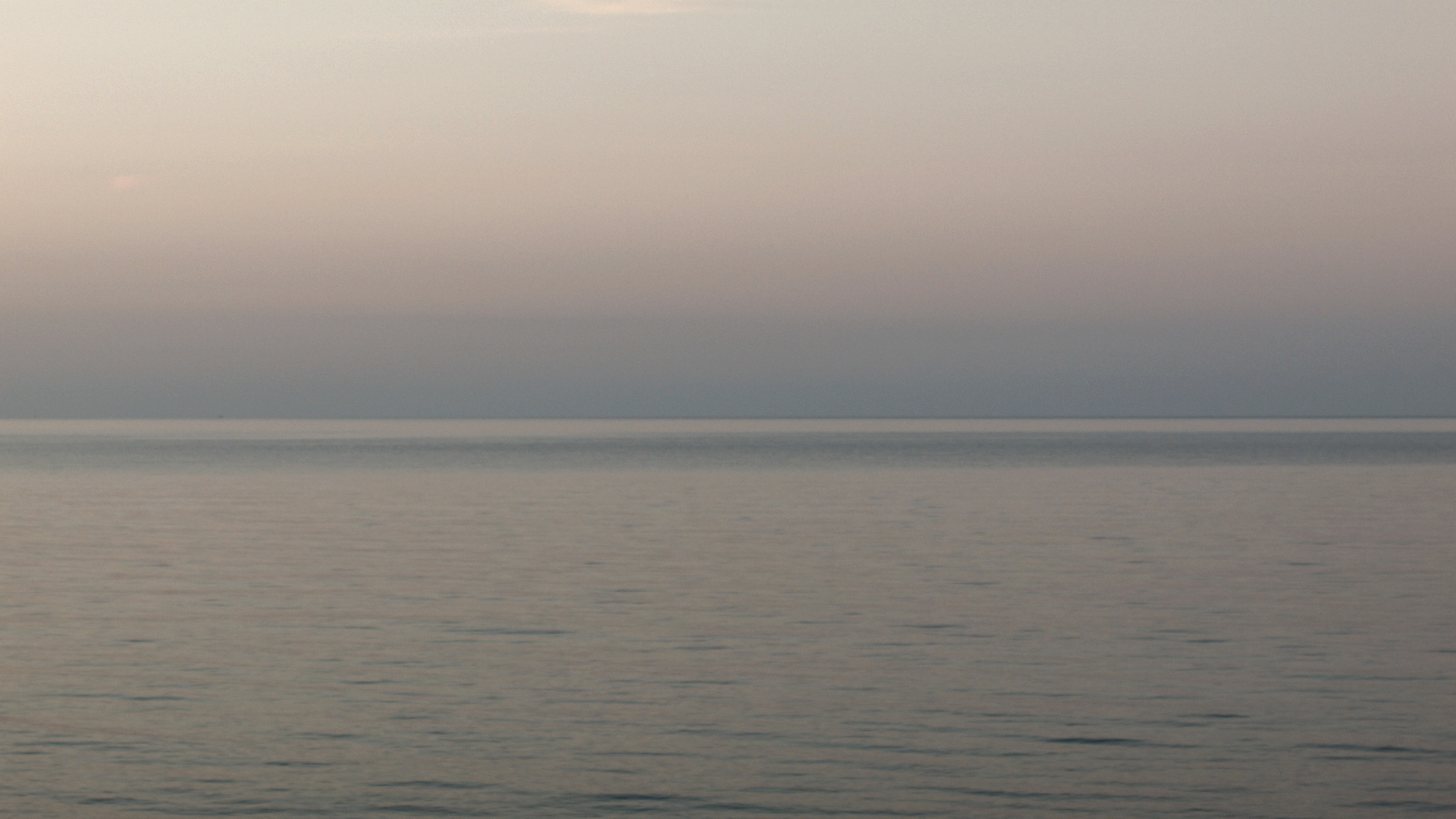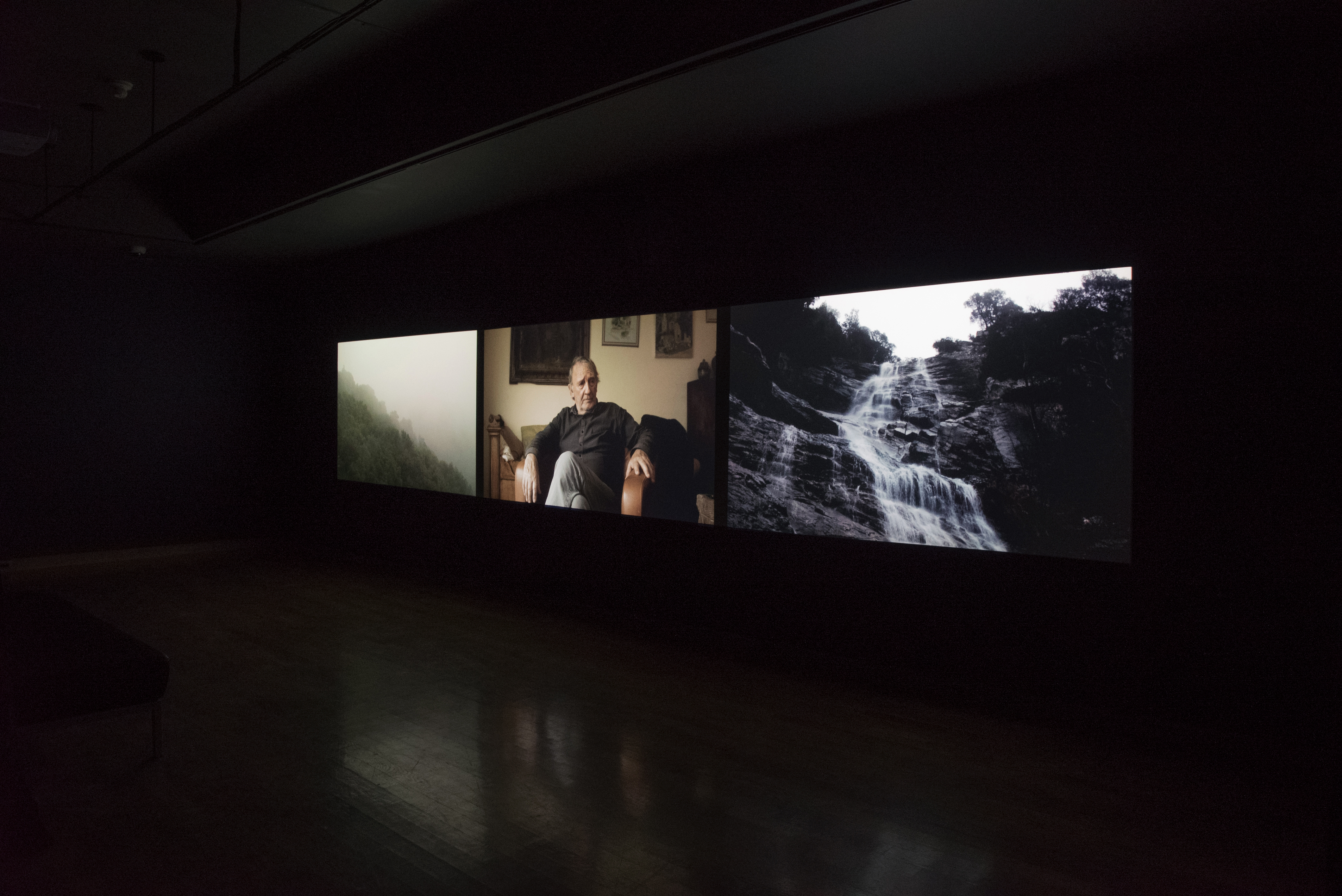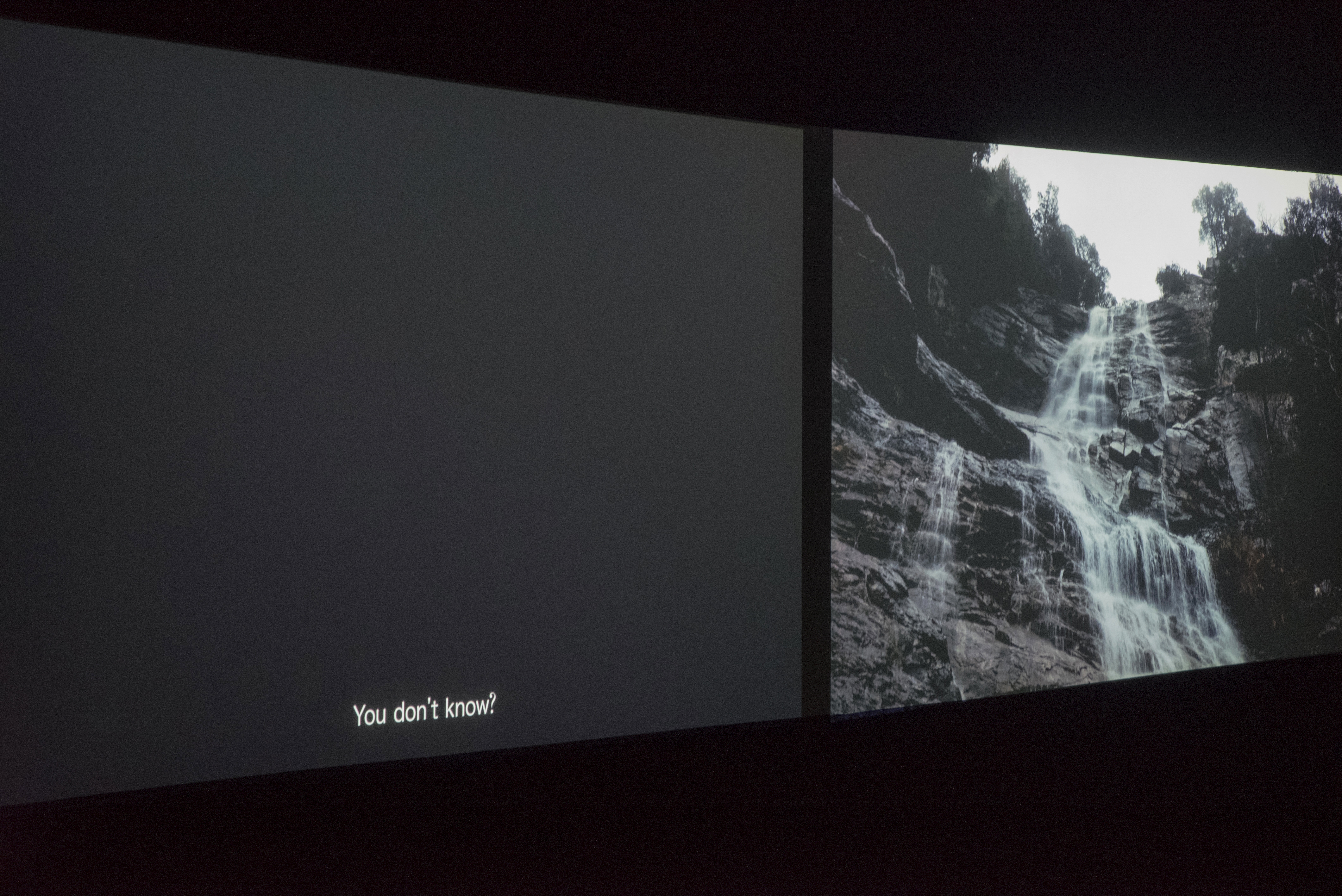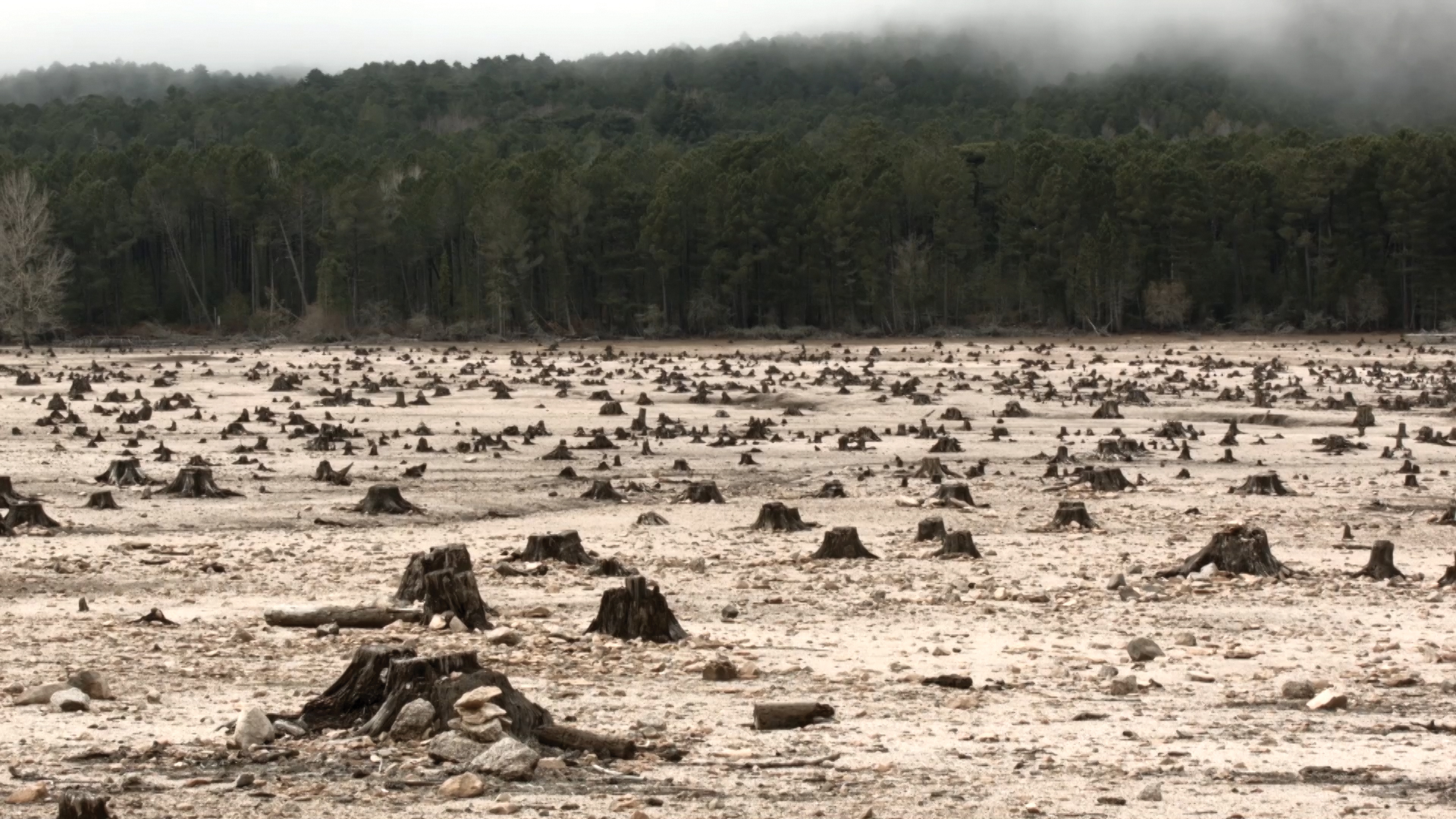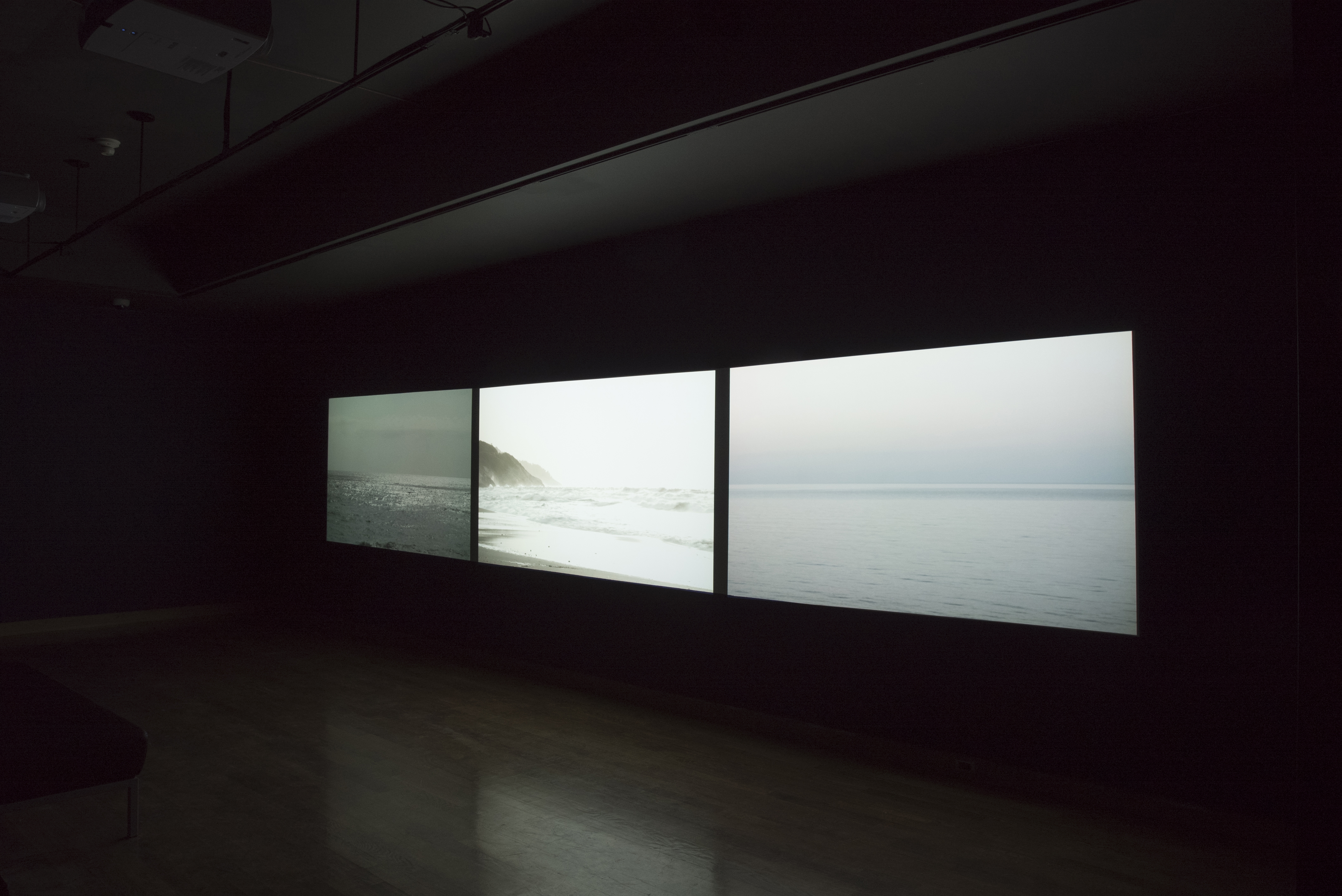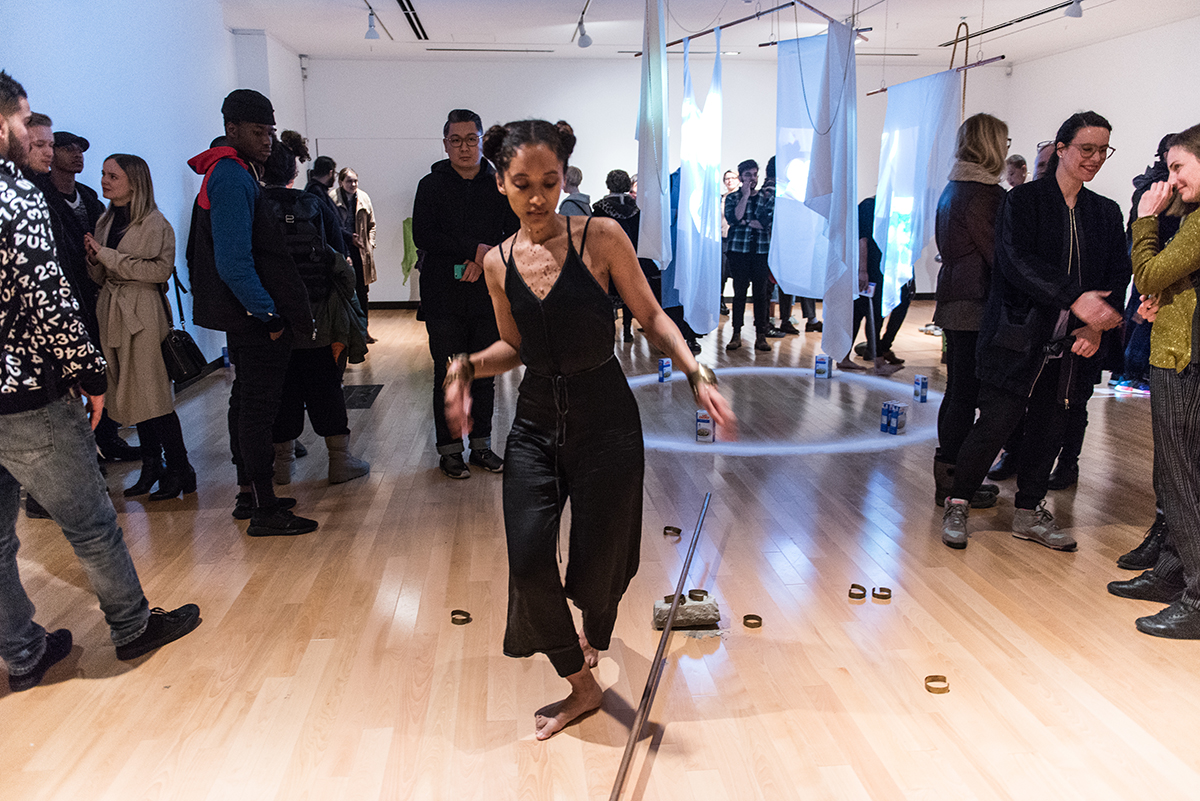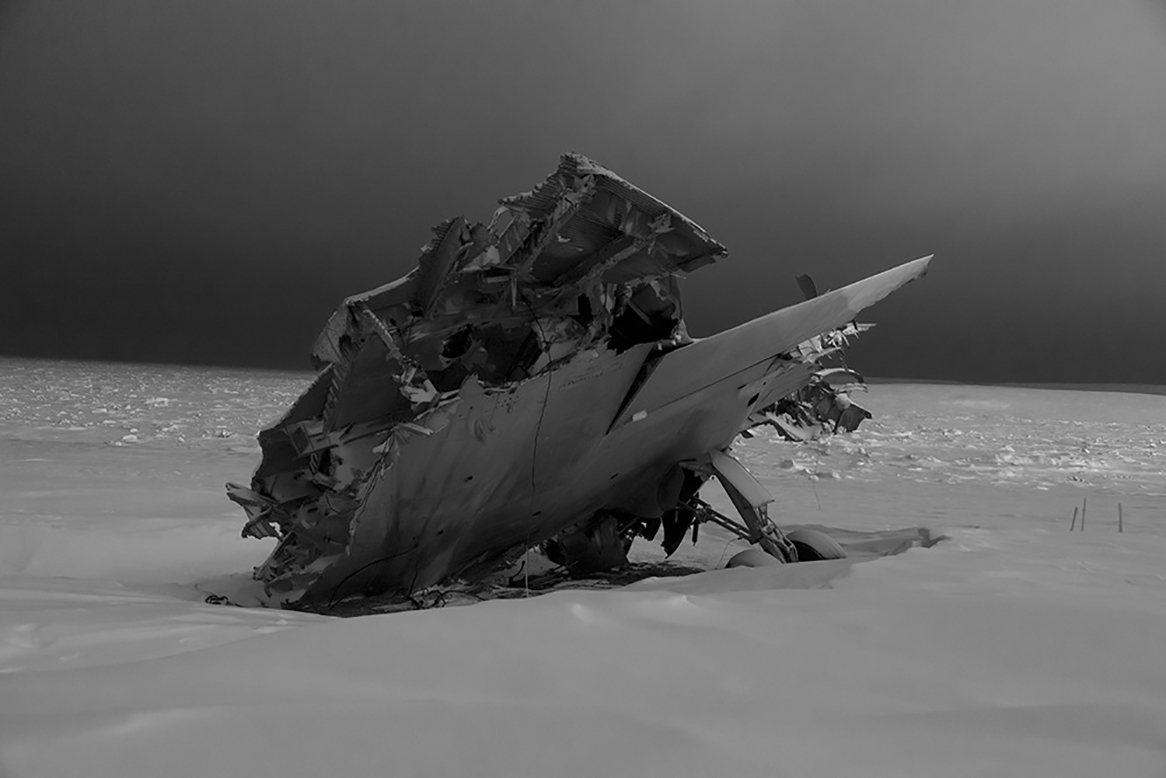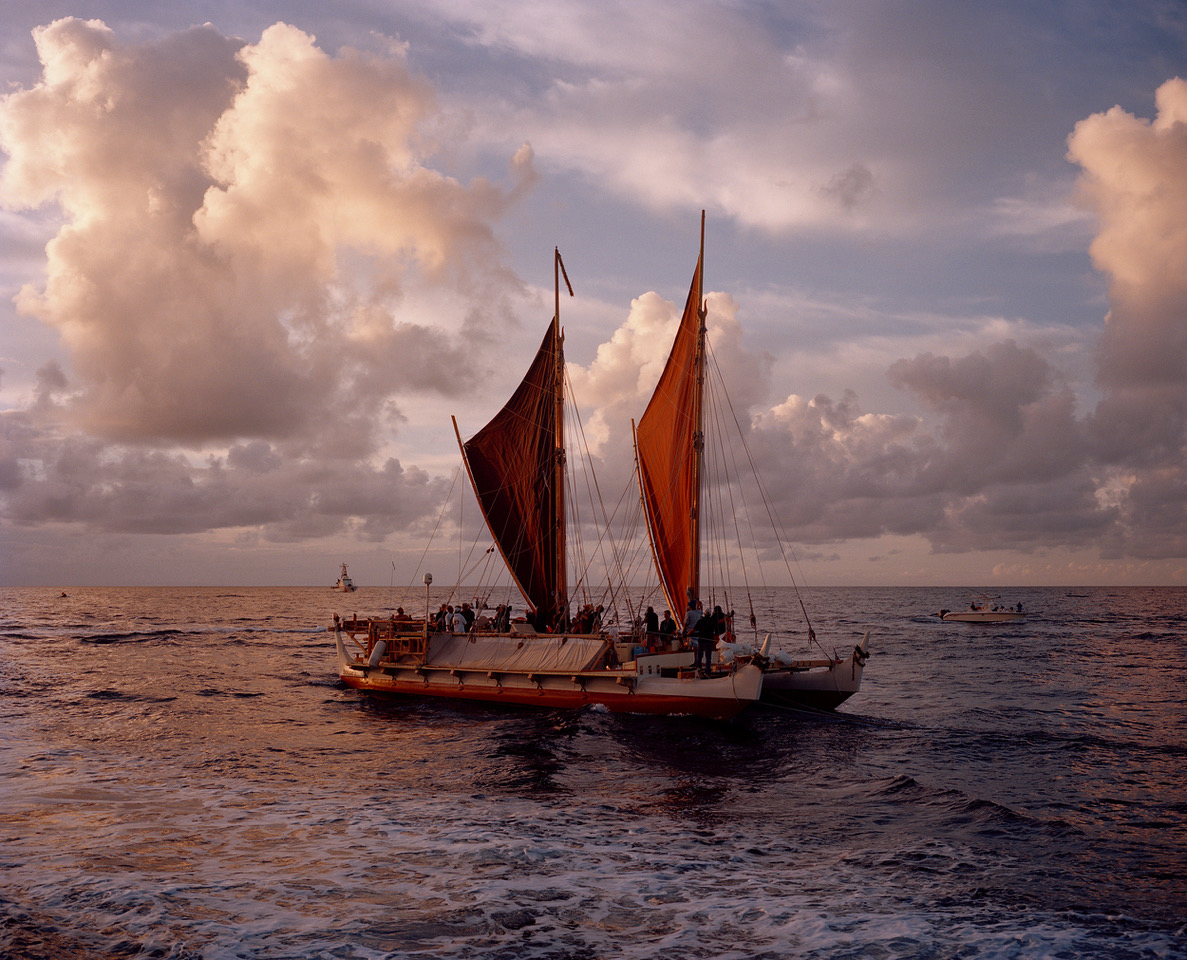19.06.18 - #DanielsGrad18: Shalice Coutu
Degree: Honours, Bachelor of Arts, Double major in Architectural Studies and Psychology
What was the most enjoyable or memorable part of your degree?
I know parents won't want to hear it, but definitely the late night antics that happen in the studio during an all-nighter (or my personal favourite, the 3/4 nighter). Going through the intensity of studio work is a lot more fun when you're with your closest friends, listening to music, and bouncing ideas off each other. The most memorable moments don't happen in the classroom, they happen unexpectedly in the studio late-night, at Orientation Week or an AVSSU event, or games night with your arch/vis friends.
Daniels is a unique experience because it is so community and family based. At no point did I feel in competition with my classmates. We all strive to succeed by helping each other. One of my most enjoyable moments was taking part in the Daniels Mentorship Program as a mentor and then the coordinator of the program a year later. Daniels has a unique community where first years aren't afraid to walk up to a fourth year in the studio and ask for help, and I really enjoyed going out of my way to help first years the way the upper year students did for me when I was a new student.
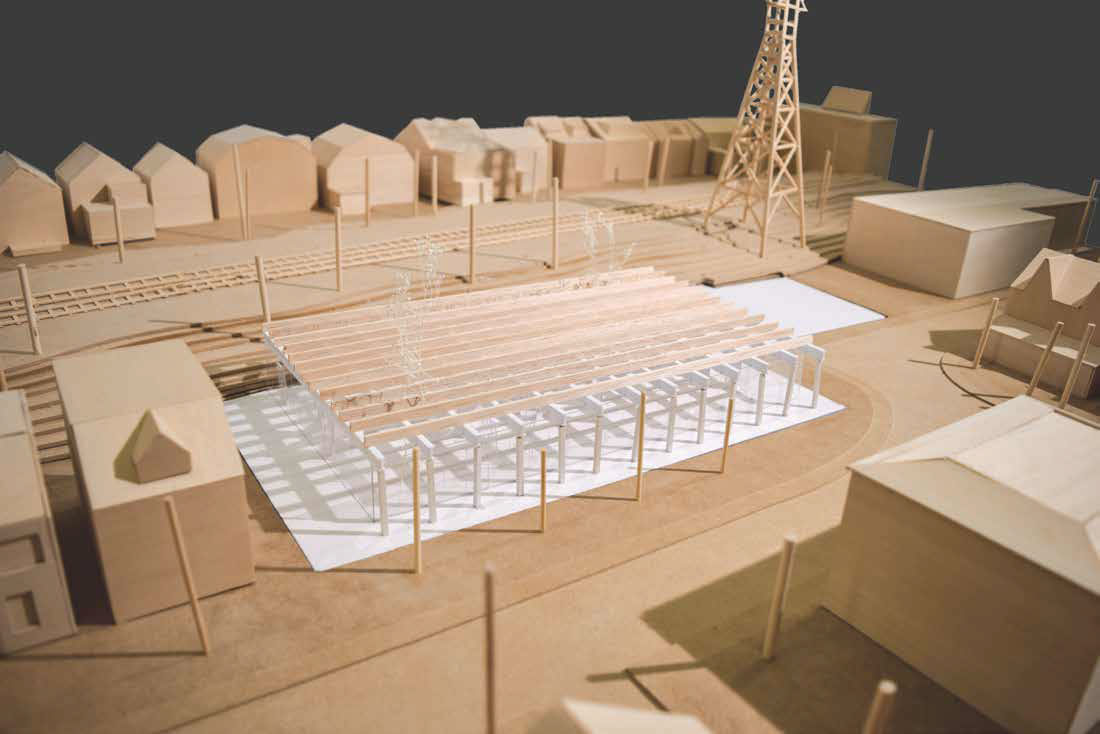
What advice you would give to a new student?
Architecture may be your start goal, but it may not (and probably won't) be your end goal. What I mean is that architecture is a room with many doors (pun intended), and all those doors can take you in so many directions in the world of design. As my classmates and I graduate, I see more and more of them interested in pursuing other fields, such as video game design, set design, graphic design, furniture and lighting design, urban design, and the list goes on. My advice for prospective students would be to stay open minded, you might just fall in love with something else along the way.
Stay involved, and take advantage of all the events / clubs / organizations that are available to you (most of them offer free food!). The most memorable moments don't happen in the classroom, they happen unexpectedly in the studio late-night, at Orientation Week or an AVSSU event, or games night with your arch/vis friends.
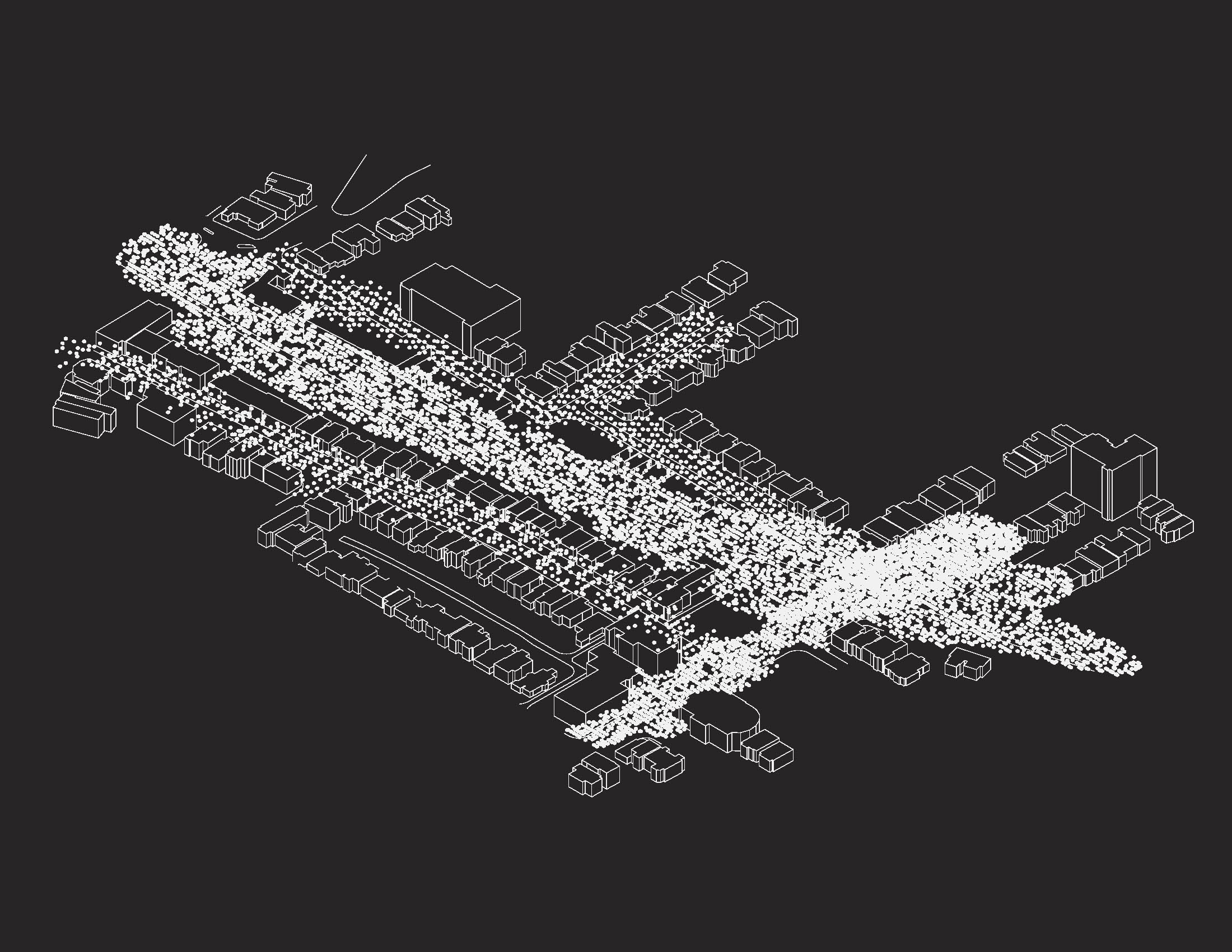
How has your understanding of architecture changed over the course of your degree?
I think architecture surprised me with its differentiation from the ordinary. Architecture in our everyday life seems so simple and functional, yet there are designers out there making arguments for the 'paper architecture', the challenge of the conventional. Daniels challenges us to not only learn and understand this critical thinking, but to also critique it ourselves.
Architecture surprised me with its collaboration with other disciplines. Not just the classic 'engineer and urban planner' collaboration, but a cross-pollination from the realms of business, technology, psychology, and sociology, and even sports and politics. As someone who has a passion for psych, I was, and am, able to bring my own experiences and interests into architecture using a unique perspective from another discipline.

What are your plans after graduation? How has this degree prepared you for the future?
I am excited to be continuing my studies in architecture at Daniels as a graduate student in the Master of Architecture program. My BA was instrumental in affirming my passion for architecture, helping me gain knowledge and insight into the design, history, and theory of architecture first before pursuing it at the rigorous and fast-paced level of masters.
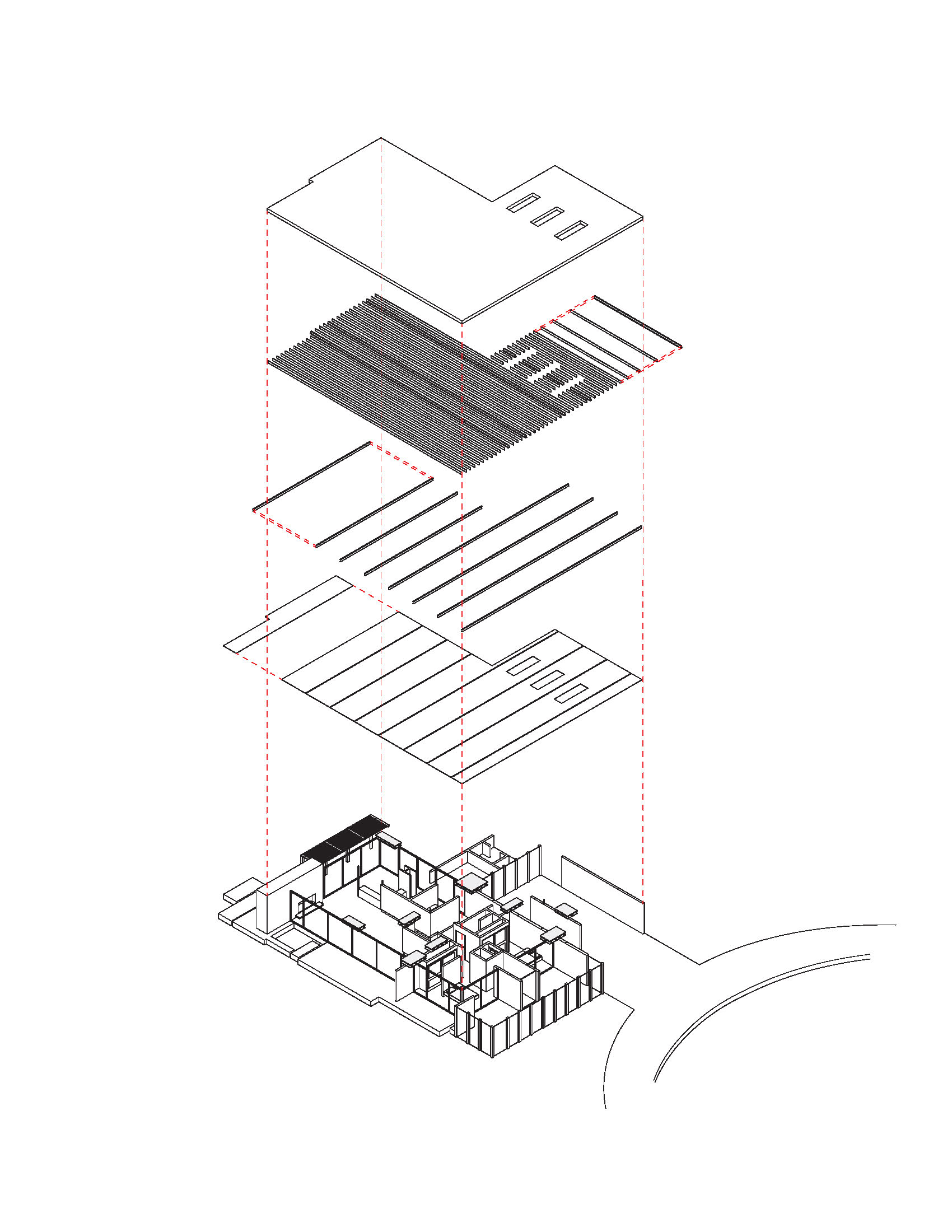
::::::::::::::::::::::::
Convocation for #UofTDaniels students was on June 14. This month we are featuring our graduates, including their work, their memories, and their advice for new students. Follow #DanielsGrad18 for more!


